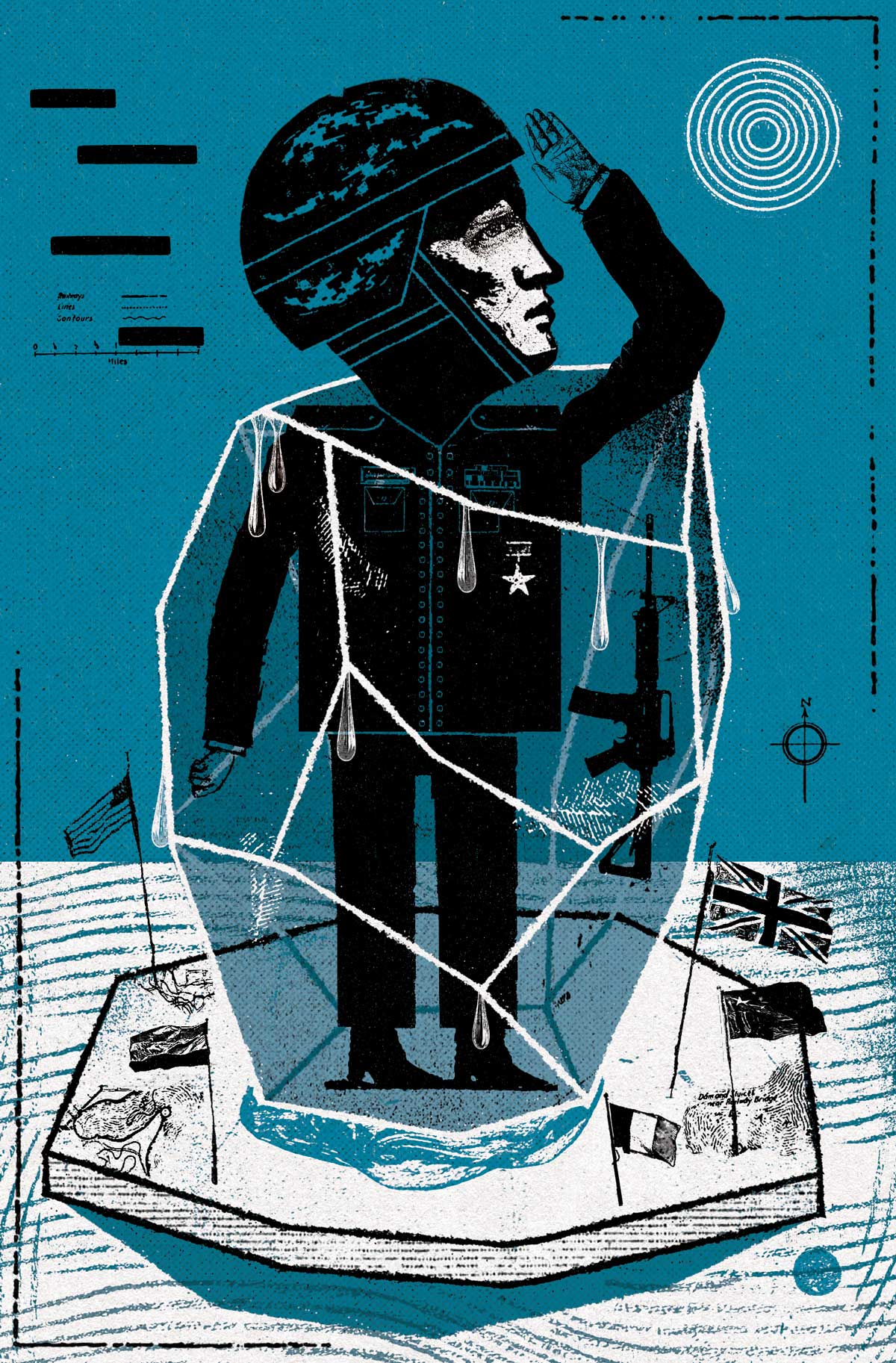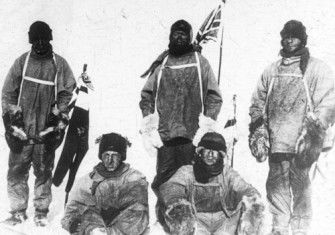Securing Antarctica by Treaty
The Antarctic Treaty on the governance of the ‘white continent’, signed in 1959, became a trailblazing model for the world. But the future of Antarctica remains contentious.

On 1 December 1959 a new treaty was signed by 12 countries, including the US, the Soviet Union, France and the UK. It was revolutionary. For the first time, in the midst of the Cold War, the then three nuclear-weapon states agreed to transform a continent into a nuclear-free zone and, along with other parties, such as Australia and Argentina, committed themselves to a new governance regime. In a series of articles, the treaty offered a shared vision for how the polar continent and its ocean should be governed. The Antarctic would be demilitarised and characterised by peaceful co-operation. Science would be a catalyst for a collective culture of collaboration. The treaty parties, mindful of Cold War antagonisms, hardwired into their new arrangements a right to inspect one another’s scientific activities.






